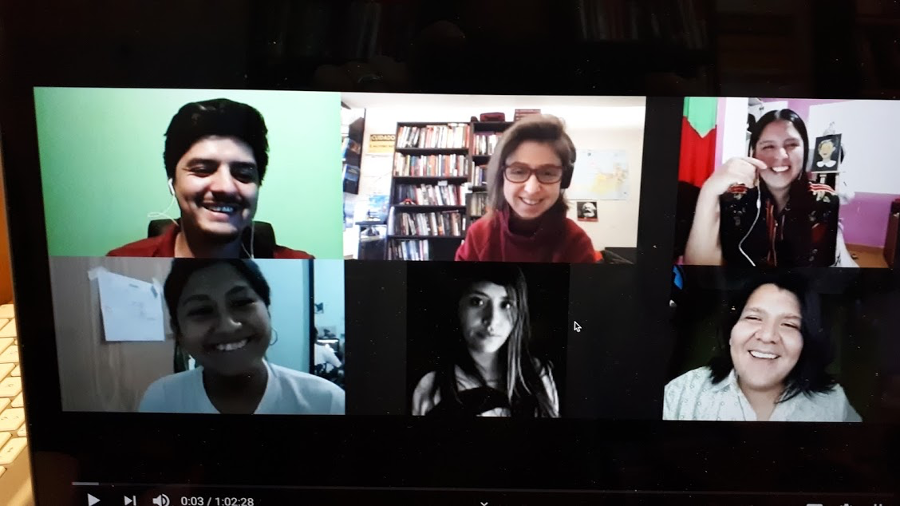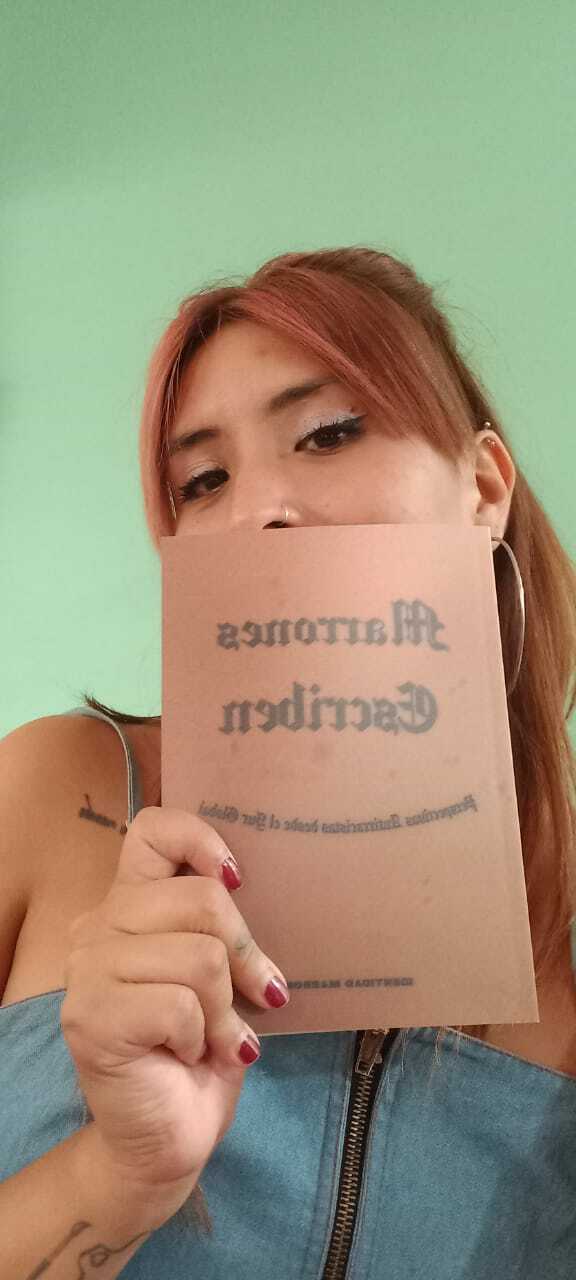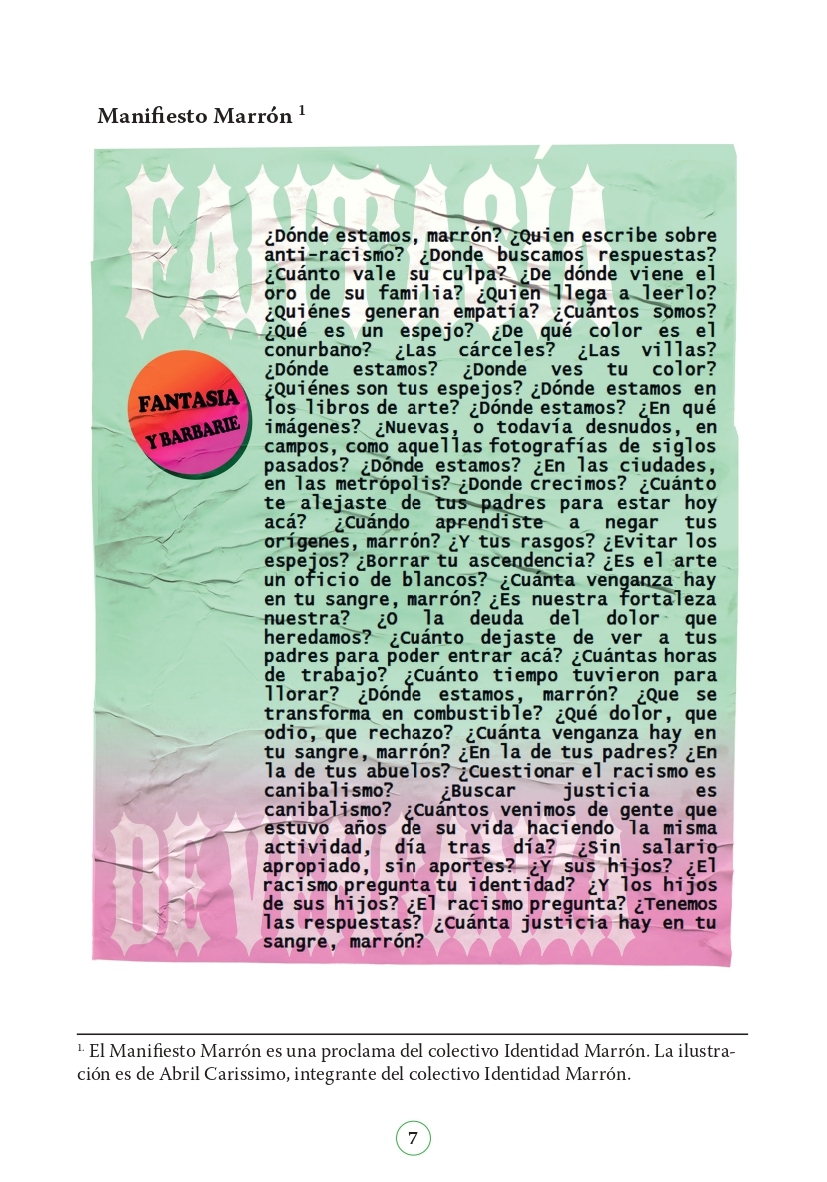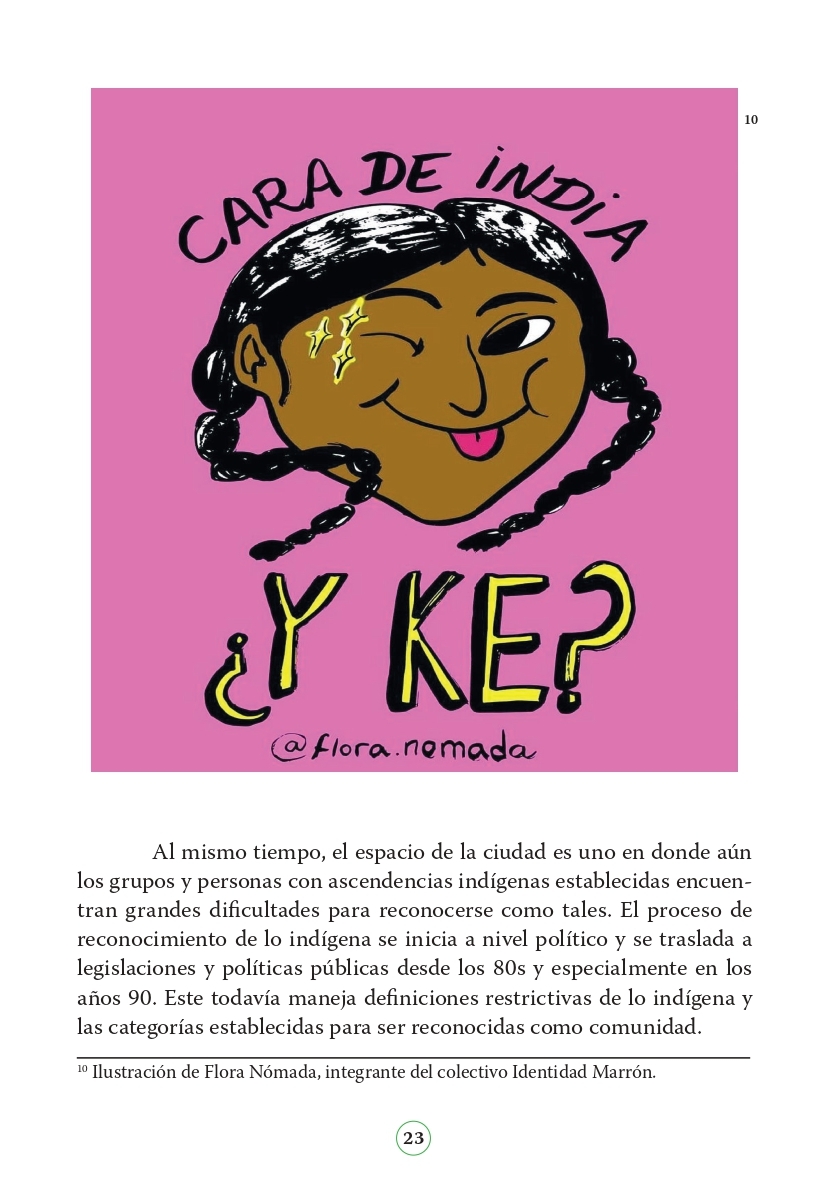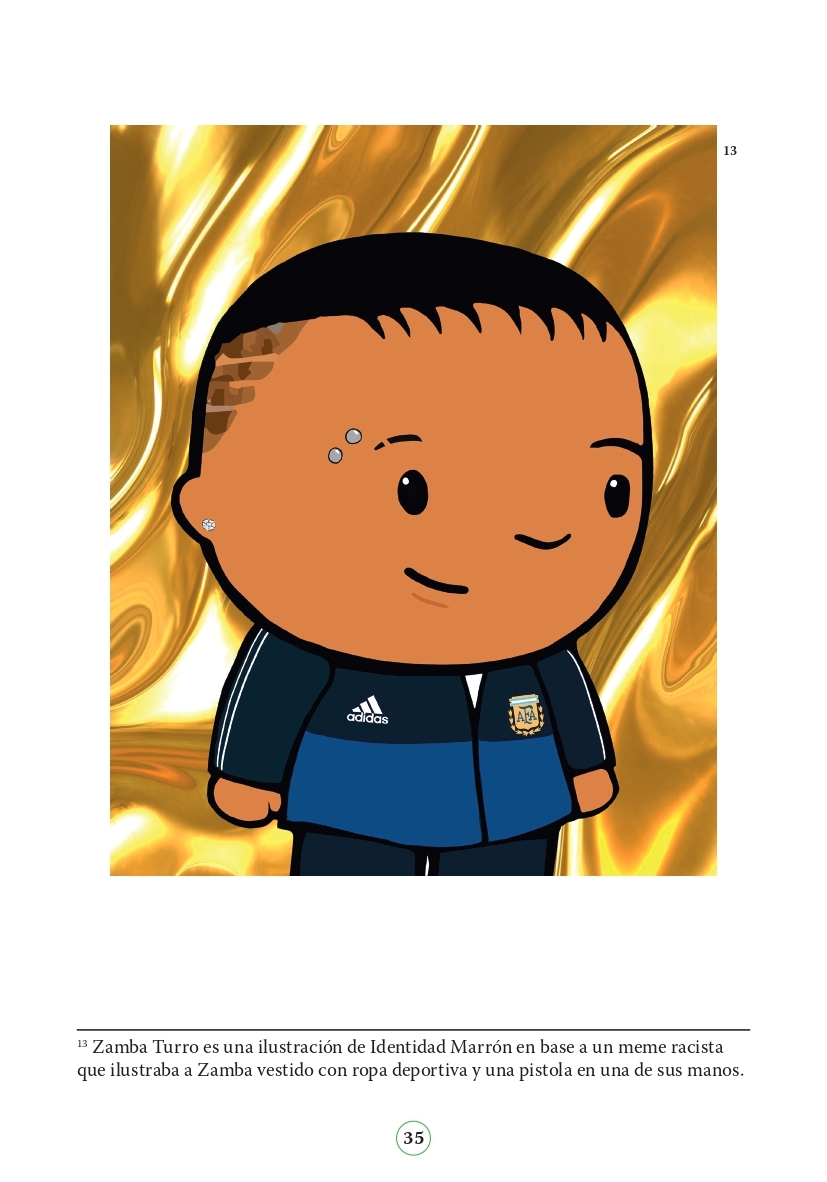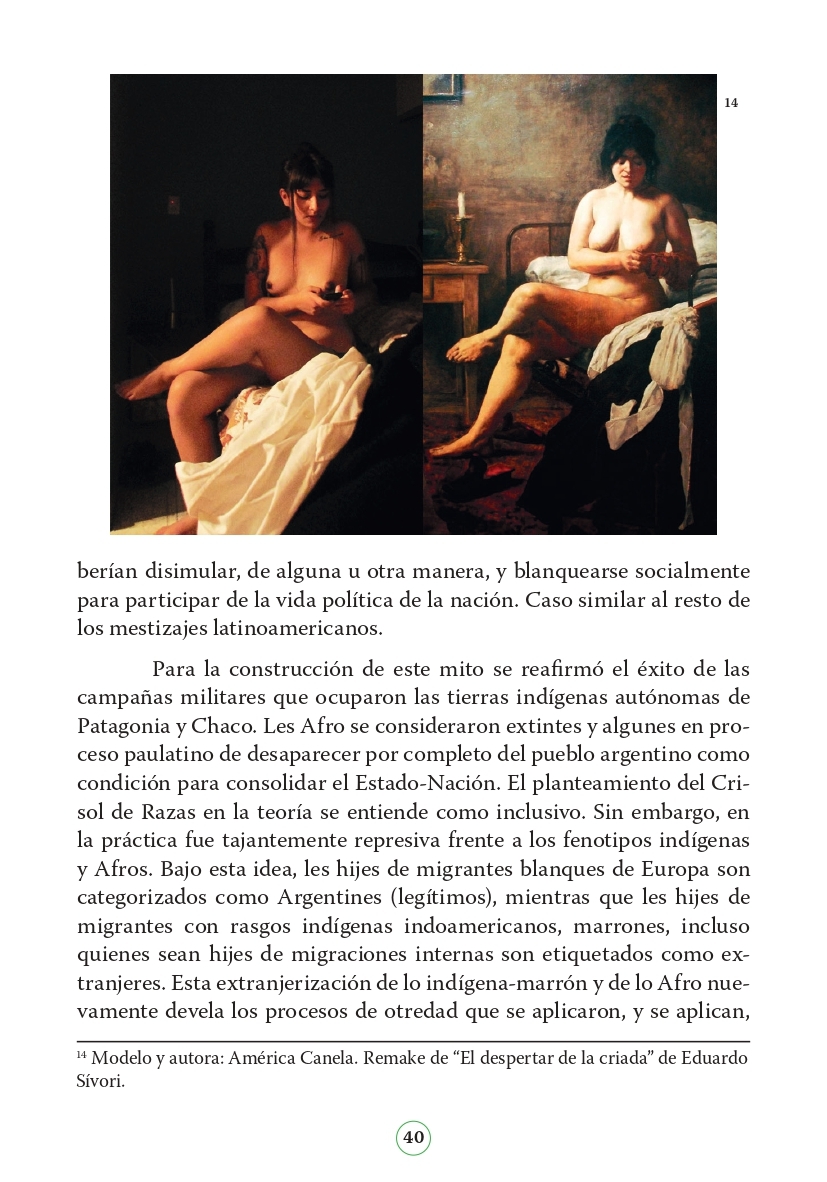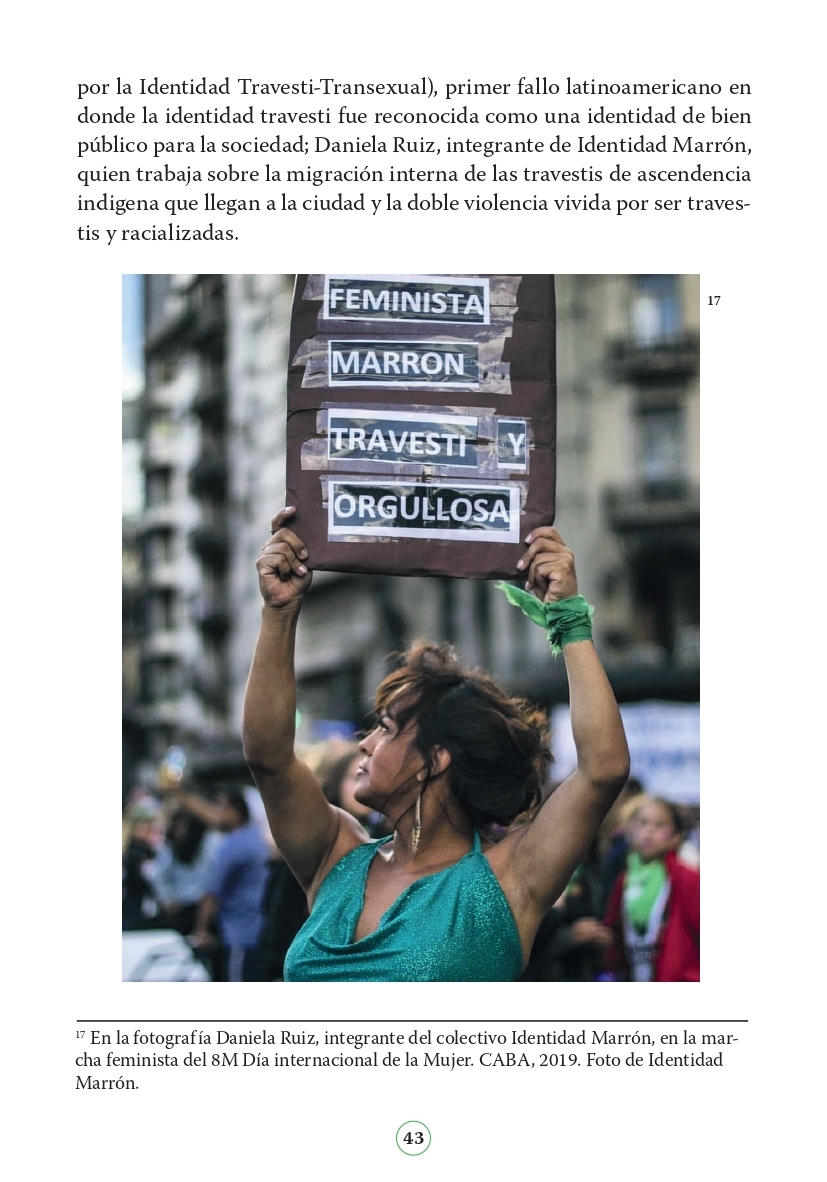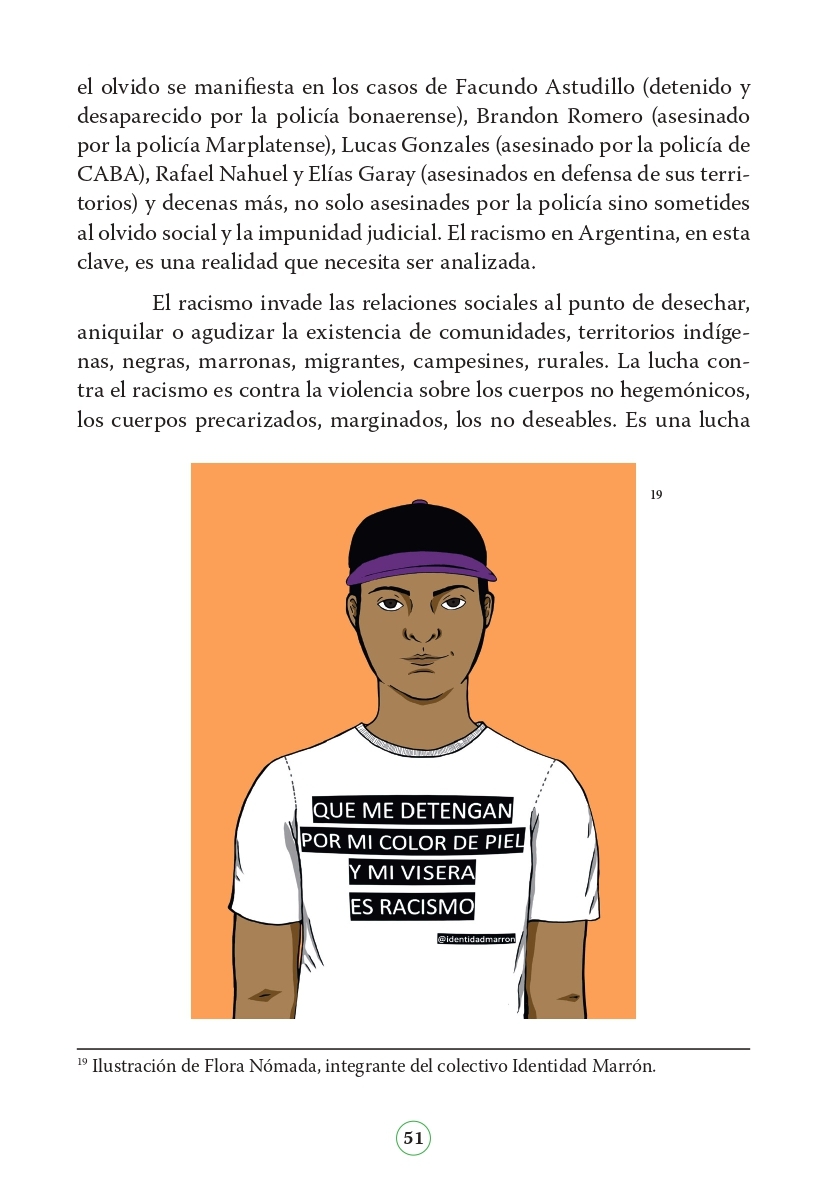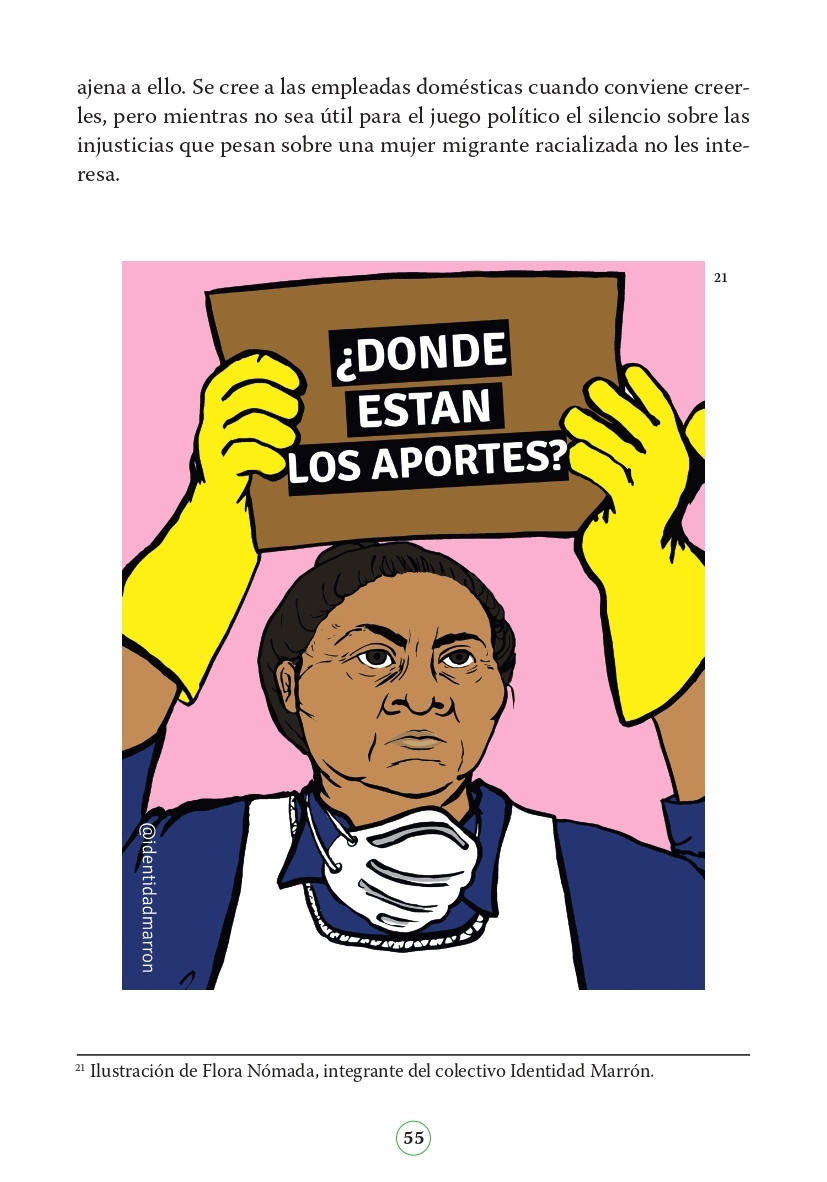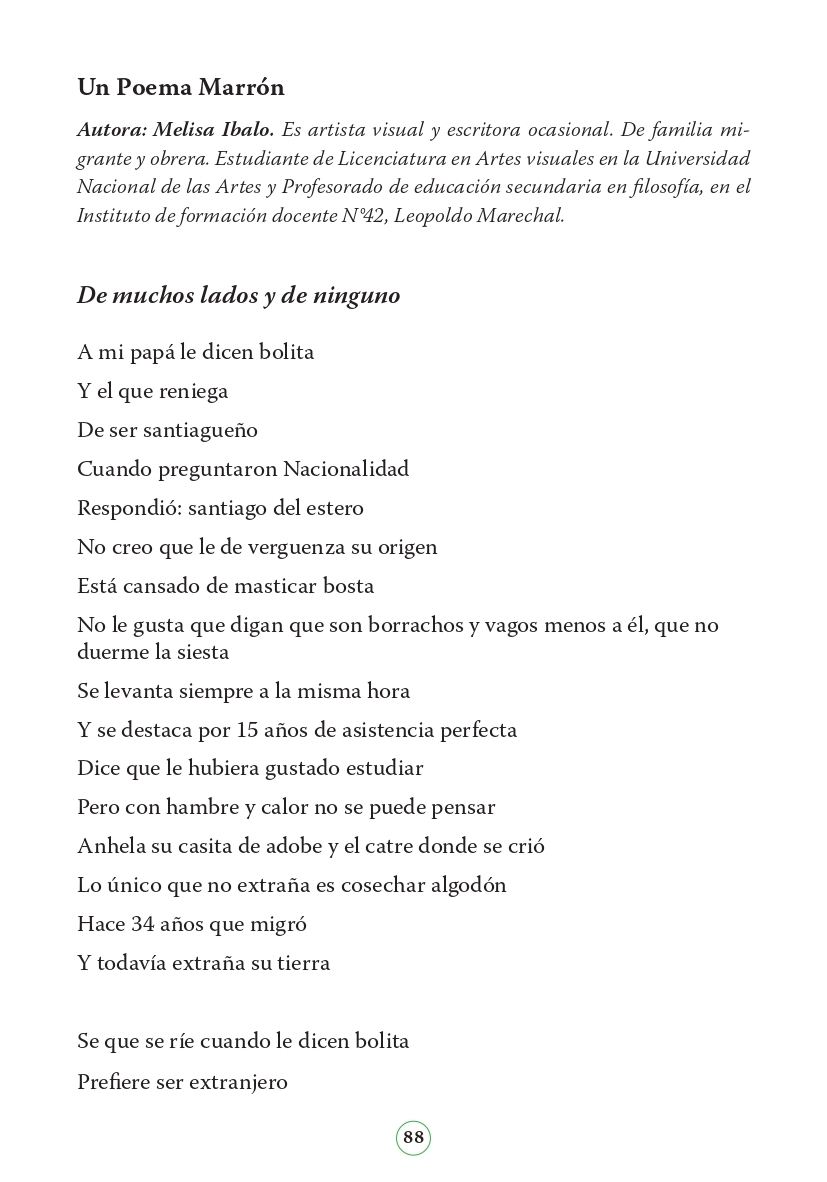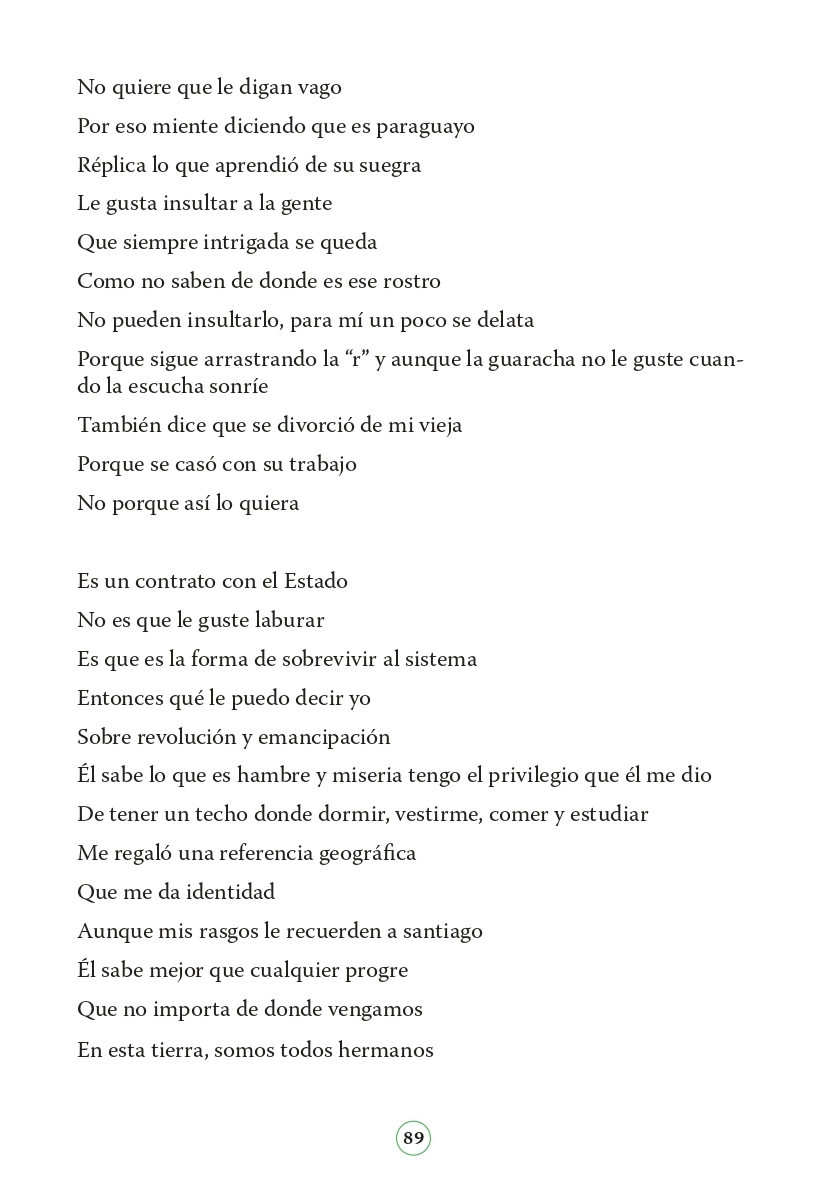Identidad Marrón's Book
Ana Vivaldi and Identidad Marrón
This book is the product of the work that the Identidad Marrón collective has been carrying out since 2019 through workshops, cultural institutions, newspaper articles and conversations. In the book, we reflect on three main themes: a) the erasure of Marrón (brown) cultural products due to racial and class-based exclusions, b) the practices of representation of Marrón bodies, which are often mediated by white perspectives, c) self-representation as an anti-racist alternative that can produce new forms of Marrón and dissident beauty.
The work of Identidad Marrón gained particular significance in the year 2020 when discussions about racism in Argentina intensified, drawing on the historical struggles of the Afro and Indigenous communities and going beyond the politics of identity recognition.
The book is a collective production, compiled and edited by Florencia Alvarado, América Canela and Alejandro Mamani, with editorial support from CARLA researchers Pablo Cossio and Ana Vivaldi. The book also comprises memories of activism and militancy associated with territories and vectors that connect with each other.
This book is an object which combines texts with illustrations, collages, and memes. It includes photos from the collective's archive, which is under construction, and images that support anti-racist critique and network-building, assembled as part of deliberate curatorial work by América Canela and Flora Alvarado. It was designed by Neko Leguizamón, an artist, teacher and researcher who is part of the IM collective. The book is a tool with proposals for practical activities and also an invitation to take over institutions in the cultural sector and beyond.
Selection and compilation by Pablo Cossio and Ana Vivaldi
